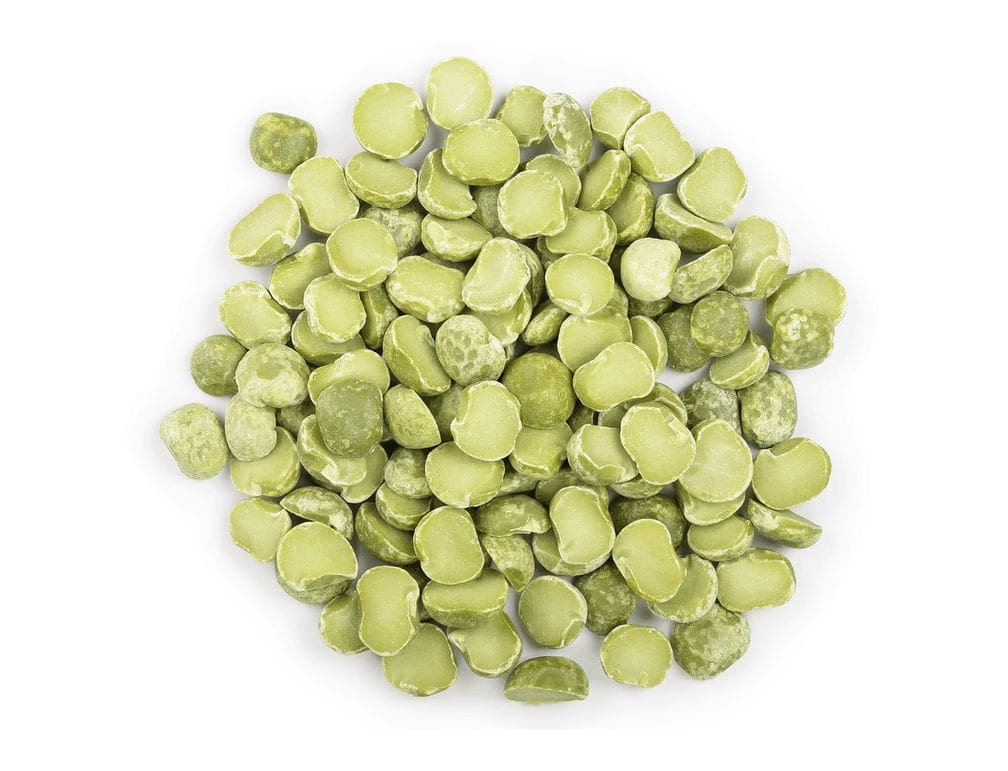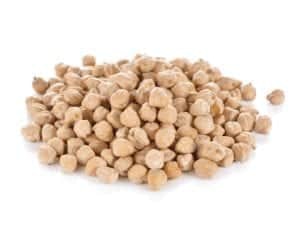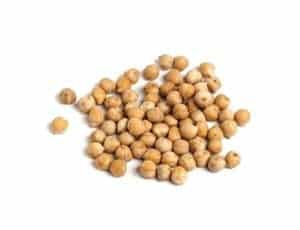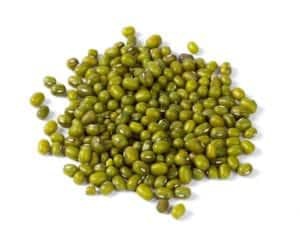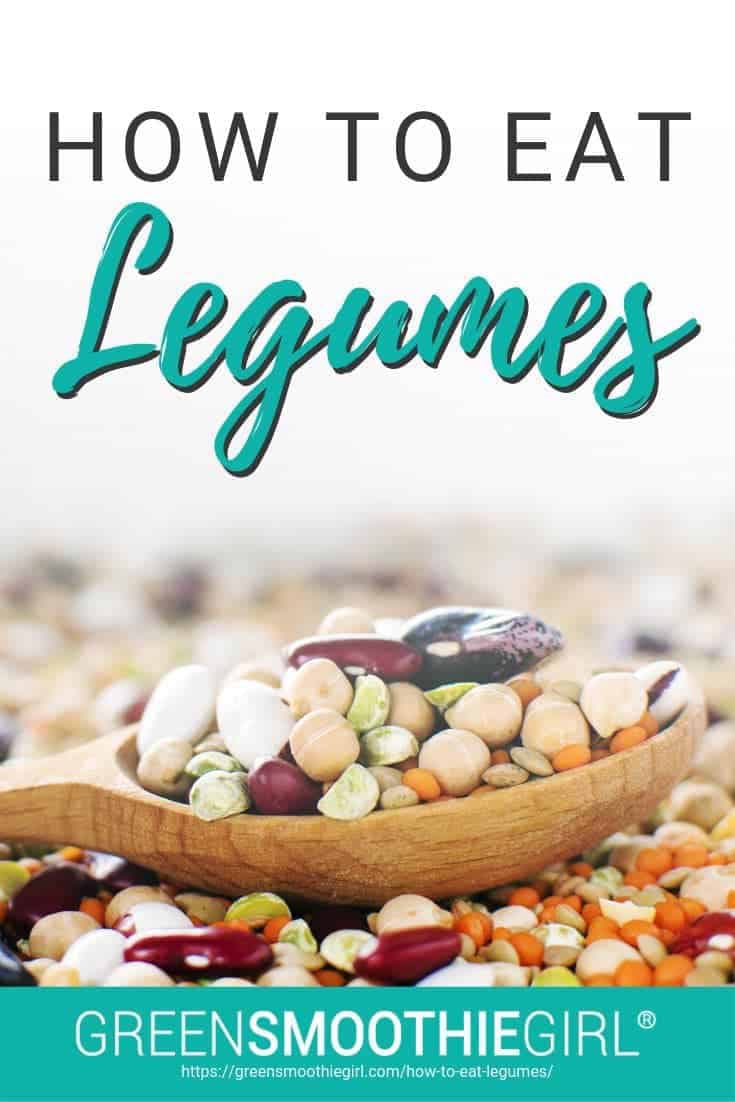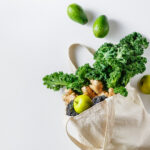How To Eat Legumes
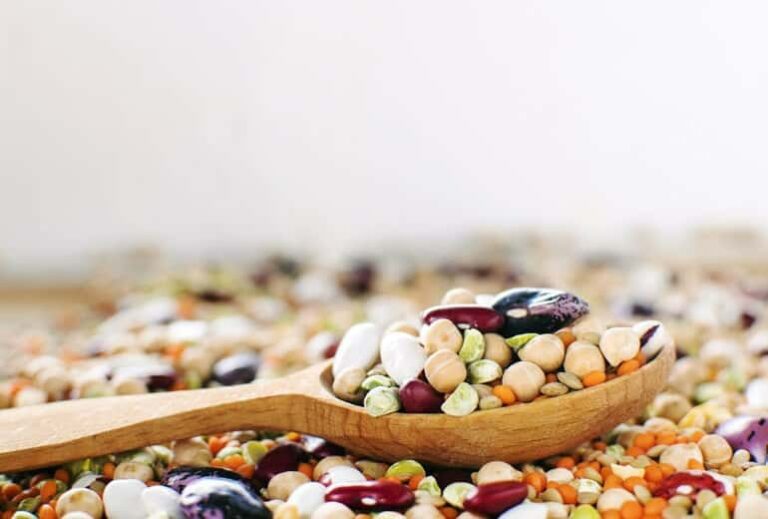
Here’s a little quiz: what do mesquite, beans, carob, peas, soy, peanuts, lentils, and even alfalfa and clover all have in common?
Say it with me: “lay-gooms.” Legumes--the food group with a weird name--are plants whose seed grows inside a pod.
In this article:
- Health Benefits of Legumes
- Legumes Are Easy to Add to Your Diet,
- How to Cook Legumes: Tips and Tricks
- My Favorite Legumes
- Best-Ever Split Pea Soup Recipe
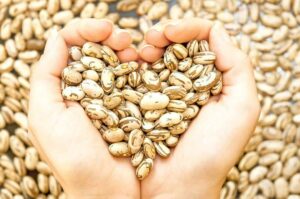
Legumes are an amazing food group that is often forgotten, but high in so many nutrients (and delicious!)
Health Benefits of Legumes
I love legumes! This whole class of food is highly underrated. I’m going to tell you some reasons to commit to eating this food group regularly, what my favorite 10 are, and give you my BEST legume recipes (including my famous split-pea soup) in a free ebook!
Legumes are cheap. They’re high in fiber. They’re high in micro-nutrients. They’re filling. They’re low in calories, and they’re easy to obtain, worldwide. They store well and have a long shelf life, especially split peas and many beans.
They’re great for your heart. They have nutrients and fiber that can lower cholesterol and blood pressure and help you lose weight.
Legumes are high in protein while being low in fat. In his book How Not To Die, Dr. Michael Gregor cited major studies that associate higher legume consumption (about a cup a day) with lower risks for cancer, diabetes, and obesity.
In a podcast I recently recorded with Dr. Joel Fuhrman, the Eat To Live author shared why regular legume-eaters have higher amounts of unique beneficial bacteria in their guts, a special biofilm that buffers the glycemic load of higher-carb foods. Scientists call it “the second meal effect,” where this biofilm slows glucose absorption from minutes to hours. It’s just one of what Dr. Fuhrman says in the podcast are “a million reasons why beans extend lifespan.”
(And don’t buy into the bad rap legumes have gotten lately for their supposed “anti-nutrients,” phytates and purines. I addressed those scare tactics in another post.)
Bottom line: EAT MORE LEGUMES!
Legumes Are Easy to Add to Your Diet
There are lots of ways to incorporate legumes into meals or snacks.
You can eat them in soups and stews, add cooked or sprouted ones to salads, or grind dry ones for bread or baked goods to substitute for part of the grains. You can puree legumes and make yummy spreads for sandwiches or for dipping.
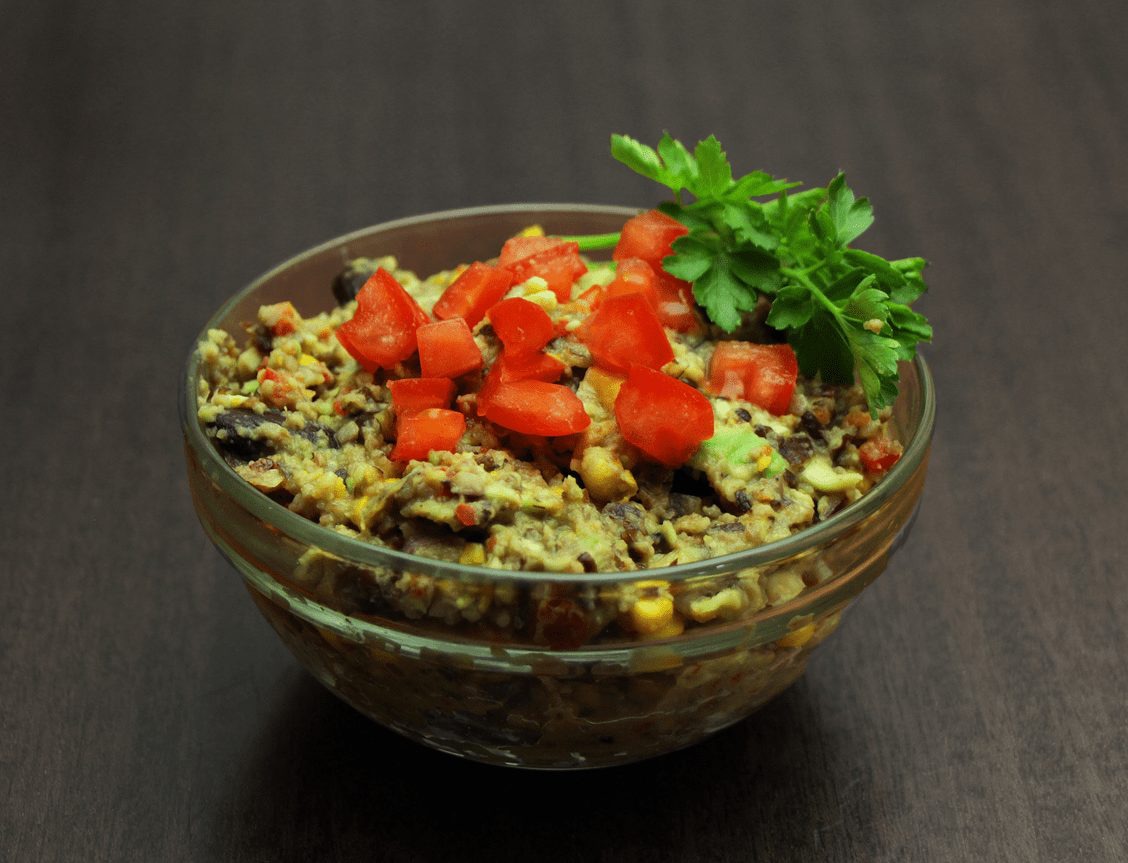
Guacamole is made even better by adding Black Beans for taste, nutrition, and extra filling.
I like to add black beans and salsa to guacamole so that I can eat lots of it on homemade organic corn chips.
I like to add chickpeas (garbanzo beans) to salads.
I love all varieties of lentils (green, red, and brown) in soups.
Legumes generally take an hour to cook, some even longer. But I highly recommend cooking your own, rather than buying them canned. Not only will you save money, but you’ll avoid sodium and any weird phthalates and other stuff leaching from the inside of the can.
Cook a big giant batch, to save time, and save 1 cup servings in the freezer.
How to Cook Legumes: Tips and Tricks
Before putting legumes in fresh water to cook, rinse them very well; they're amazingly dirty when they come out of the bag. Beans need to soak overnight (lentils and split peas don’t). As another option, you can bring clean beans to a boil, turn off the burner, and let them soak two hours to speed up the process.
If the legumes you're using have been in your storage for years, I recommend soaking them, draining the water, and soaking them a second time, for up to a whole day. This makes flatulence less likely.
(Flatulence comes from the oligosaccharides sugars in the beans not converting well into a form of sugars your body can use easily. Soaking the beans before cooking makes them easier to digest.)
To cook, drain the soak water and add at least 3 cups of water for every 1 cup you originally had of dry beans. Cook as much as you want, but remember that 1 cup of dry beans will become about 2.5 cups of cooked beans! Put clean, soaked beans in a heavy saucepan, cover, and bring to a boil.
Reduce heat to a simmer, keep covered, and cook until beans are tender. For lentils or split peas, this will be about 45 minutes. For beans, it will be 2-3 hours, or for very old beans, it could be 4 hours.
Don’t add acidic things, like tomatoes, vinegar, salt, or lemon juice, to your beans until they are fully cooked; doing it earlier inhibits the beans from cooking.
My Favorite 10 Legumes
- Lentils. Lentils are truly a super food, and you can buy the red, green, or brown varieties, all of which have a slightly different nutritional profile and texture. Brown lentils are the most common and least expensive. You don’t need to soak lentils, like beans. They’re high in fiber, protein, Vitamins B1, B5, and B6, niacin, folate, iron, potassium, magnesium, and manganese.
Lentils have different varieties, are loaded with nutrients, and don't need to be soaked like beans.
- Split Peas. These take about an hour to cook and are called ‘split peas’ because when they’re harvested and dried, they naturally split in half. Split peas are high in protein, fiber, Vitamin B1 and B5, potassium, and phosphorus. They’re so easy to use in soup–and please leave the bacon out! You’ve GOT to try my amazing split pea soup recipe in the free ebook I’ll send you!
Split peas are easy to use in soup - and we have a recipe for you at the end!
- Black Beans. Everyone’s favorite legume! I love adding black beans to guacamole and salsa as a dip, or mashing them for a burrito. You'll get a lot of protein, Vitamin B1, iron, folate, copper, magnesium, potassium, zinc, and manganese with these babies.
- Black-Eyed Peas. Most people in the Northern states don’t know this delightful little legume, but they cook in an hour or less. I grew up in the South, where dinner was often a bowlful of black-eyed peas, plus a tablespoon of raw apple cider vinegar. It was simple, but I loved it! And black-eyed peas are high in fiber, protein, four B vitamins, copper, magnesium, potassium, zinc, and manganese.
Black-eyed peas are very quick to cook and high in fiber, protein, vitamins, and other vital nutrients.
- Pinto Beans. These might be the cheapest legume you can buy, and they're also easy to store. I grew up with this food as a staple that raised 8 children to adulthood on one military salary. Big pots of vegetarian chili are one of my main memories of growing up. Pinto beans are high in fiber, protein, iron, phosphorus, magnesium, B1, and molybdenum.
- Kidney Beans. These are my favorite for adding to a salad, as they taste very starchy, which is a nice complement and balance to crunchy greens and vegetables. Plus, they’re pretty and dark red. A mix of these and pinto beans are great in vegetarian chili. They are high in fiber, protein, omega-3 fatty acids, Vitamins B1, B3, B5, and calcium, magnesium, potassium, zinc, and iron.
- Chickpeas (Garbanzo Beans). Everybody loves hummus, and there are so many things you can put in mashed chickpeas with a little lemon juice, sea salt, and tahini (sesame paste); sundried tomatoes or any kind of olives are great options. I also love them in salads. Chickpeas are low in calories and high in protein, fiber, manganese, folate, copper, phosphorus, and iron.
Chickpeas are what make up delicious hummus and are very versatile.
- Soybeans. Soybeans are heavily genetically modified in North America, so buy ONLY organic to make sure you’re getting the good available from this food, and not the bad. Soybeans are extremely high in protein, so for many years, vegetarians made use of soy-based “meat replacement” products. I suggest avoiding all processed soy products and eating only whole, organic, occasional soybean foods such as edamame, tofu, or tempeh, or organic miso or nama shoyu as seasonings. Soybeans are well known to be high in isoflavones, a class of antioxidants that fight cancer, ease hormonal symptoms in women, and increase bone density. They’re also high in fiber, calcium, Vitamin B2, manganese, molybdenum, copper, potassium, phosphorus, iron, and omega-3 fats. Try sauteing tempeh as a sandwich filling or salad topping to replace meat.
Soybeans are heavily modified genetically (a GMO) so make sure you only buy organic!
- Lima Beans. Sometimes called “butter beans,” these large Peruvian beans make a nice soup with onions and root vegetables (potatoes, turnips, carrots, etc.), or they’re great mashed in a burrito or with sweet potatoes. They’re high in protein and fiber, as well as folate, molybdenum, tryptophan, manganese, potassium, iron, copper, phosphorus, magnesium, and Vitamin B1.
- Mung Beans. Ayurvedic doctors feed this to sick people because they’re such a power food. It’s easy to sprout these tiny beans; just soak them overnight, drain in the morning, and rinse and rotate them twice a day until you see “tails” about ¼” long. In two days, you’ve got a superfood for your salads and sandwiches. They’re chock full of protein, fiber, potassium, Vitamin C, magnesium, folic acid, zinc, iron, and phosphorus.
Mung Beans are a power food, used by Ayurvedic doctors to help sick people with nutrients.
Best-Ever Split Pea Soup Recipe
Split pea soup got a bad rap in some classic horror flick I can’t remember, but just wait a little minute, here, because it deserves another look.
I want to send you my split pea soup recipe. It’s cheap to make, you can keep it in the fridge for a week, and it’s better the 2nd and 3rd days as flavors come together. It’s a great new recipe in your arsenal of strategies to eat more plants and increase your nutrition for better energy and ideal weight.
I’ve included the recipe in this free Luscious Legumes Recipes ebook I’d love to send you. Tried-and-true dishes your family will love, from my kitchen to yours!
Grab your FREE Luscious Legumes Recipe ebook here!
Read next: Grains and Legumes Made Easy

Disclosure: This post may contain affiliate links that help support the GSG mission without costing you extra. I recommend only companies and products that I use myself.
Posted in: Preparedness, Recipes, Whole Food



